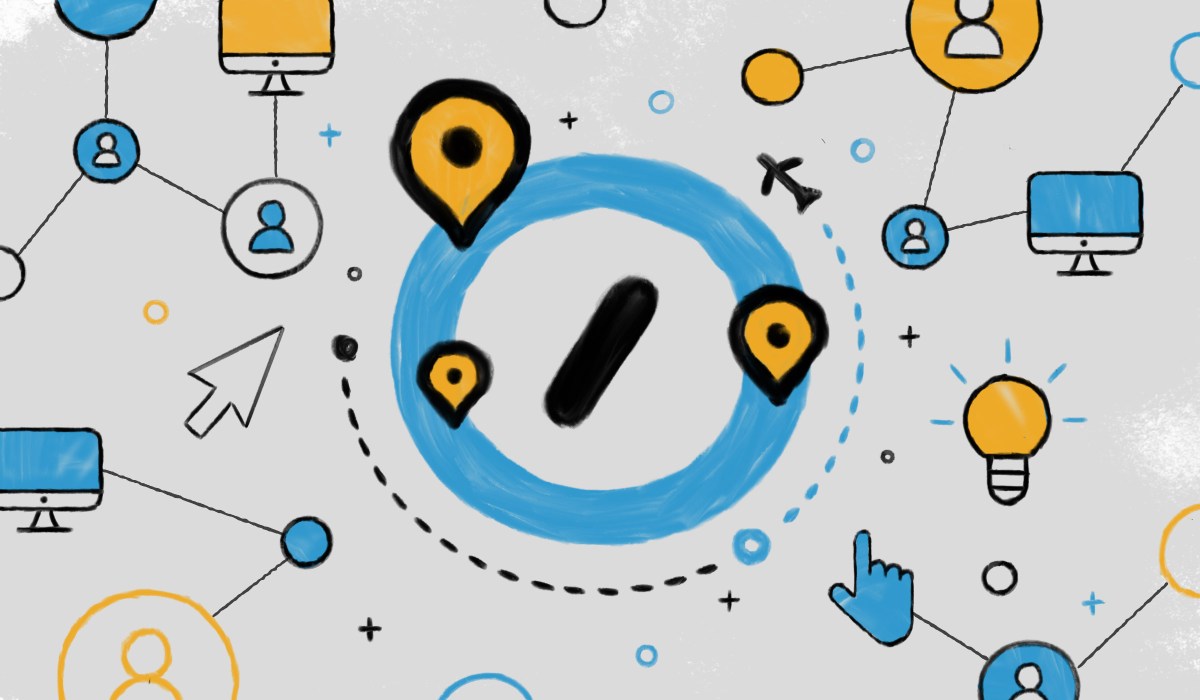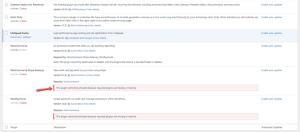
In Distributed FAQ, Matt Mullenweg addresses some of the most common issues companies, executives, and individuals face as they consider transitioning to a distributed model.
Q. With the rapid rise of distributed work, what are your top pieces of advice for someone going through the transition from a traditional work environment to a remote one?
A: There are many things individuals can do to make the switch successful, but here are five pointers to get you started.
- Make a list of all the things you like and don’t like about previous work experiences and use it to design — and implement — micro-habits to increase your health and happiness. Remote work comes with the autonomy to build your own bespoke work environment.
- Writing ability is crucial, and distributed work only amplifies its importance. Assume positive intent when using written communication.
- Look at the outcomes you’re producing, not the time you spend at your laptop. It can be powerful to self-track and document what you’re working on. At Automattic, we encourage self-analytics — taking agency over the assessment of one’s own outcomes.
- It’s important to structure your day. A little more schedule actually helps, whether it’s to keep a normal grooming routine in the morning or to set a firm time at which you turn off everything. Set a time to stop as well as to start, and find a dedicated workspace. Implement systems that help you maintain focus (e.g. the Pomodoro Technique for time management).
- Implement self-care and opportunities to interact socially.
For more insights on how to design your own distributed work environment, listen to Matt’s conversation with Lydia X. Z. Brown, or browse our gear and tools recommendations.
